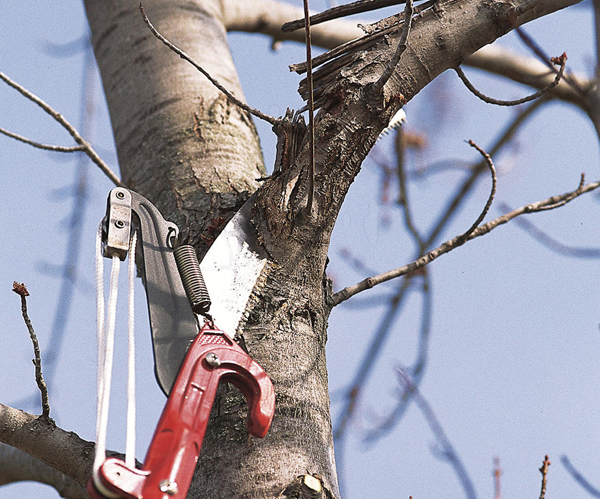
It hurts my eyes. It is happening all over town by well meaning but misinformed individuals. They are committing a grotesque and hurtful action. For those of us who know, it is a sad time of the year: sad for the consumer who paid for the service by which they have been snookered; very sad for the living tree that was subject to tree-topping and sad for us who know better. Individuals who commit the atrocity of tree topping should never be allowed to hold a chainsaw again until they take a class in tree trimming or pruning. Pruning is not tree topping.
“A practice called topping is a severe threat to tree health and is a common problem in Tennessee. Topping is particularly visible where it has been used to reduce tree height around homes and utility lines. There is never a good reason to top a tree. Topping removes the tree’s main leader and branches, resulting in stubs and large wounds that never heal properly and greatly shorten the life of trees. After topping, new growth is disfigured by water sprouts and weak limbs that produce a dense canopy with poor air circulation. Insects and disease organisms thrive in this environment. For these reasons, the International Society of Arboriculture’s Arborist Certification Program does not endorse topping. Instead, certified arborists practice crown reduction and drop-crotch pruning under narrowly defined conditions,” states the UT Publication PB1619: Best Management Practices for Pruning Landscape Trees, Shrubs and Ground Covers.
Show off your knowledge and prune.
How does one prune?
First, do any pruning during the dormant season. You want the pruning scar to callus over before the growing season. So, don’t wait. Get it done by the end of February. Applying fungicide to the wound will minimize disease problems. It is an option.
Identify the branch collar in the branch crotch. As expected, the branch crotch is where the trunk and the limb meet, on the branch side. Look for the branch collar. Then look for the bark ridge or bump. It is on the upper side of the intersecting point and is a swollen area. You might think of a knob.
Be sure your pruning shears are sharp. Make a cut to remove a limb just beyond the branch bark ridge and the branch collar. This will be quite close to the trunk area but on the branch side. Make a clean cut.
Even if the shape and position of the tree are fine, assess the tree for structurally weak branches. First, review what the shape and the look of an outstanding specimen of the tree should be. The trees that have a wide area at the base of the branch have stronger stem structures. Then, look for branches that grew with narrower than normal V-shaped crotches. They have weak stem structure and can easily break. Remove them. Also remove the weaker of any two rubbing branches.
Thinning out some branches will allow room for remaining branches to grow. It also promotes air circulation, minimizing ideal environments for disease or fungi. The inner leaves of the tree also like to receive light.
Finally, be sure your tree has one central trunk. Choose the central trunk that is stronger or more reflective of the tree’s ideal shape and remove the other central trunk. Of course, the exception to this cut would be made for the trees that are supposed to have multiple trunks. Be familiar with your tree’s specs: ideal look, height, width and growing conditions.
When it is time to select a tree for your yard, take the same ideas with you. How tall does it grow? Are there overhead wires? How wide does it grow? Are there structures nearby? What type of light does it want? Soil conditions? Moisture? Flowers? Fruit?
Plan to plant a tree that can grow to a ripe old age with minimum human interference. As humans, we need to accept the tree’s natural traits and complement them. If you feel the need to change the natural characteristics of the tree, choose another type of tree. Do your research and speak with knowledgeable nurserymen to end up putting the right plant in the right place.














The picture shown for the article is considered improper pruning. The saw is making a “flush cut” where the branch collar is not left intact. This pruning cut will likely lead to fungal infection because the strong protective cells of a branch collar are being cut off.
Comment January 19, 2024 @ 7:15 am